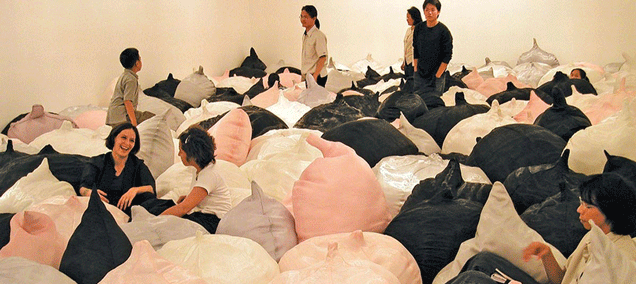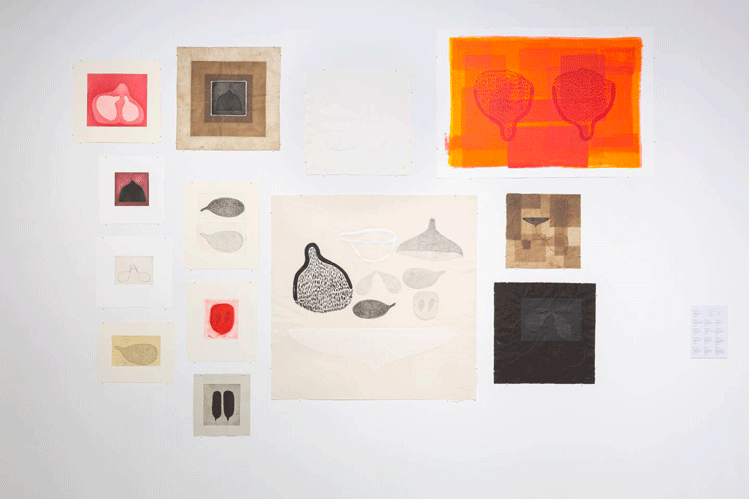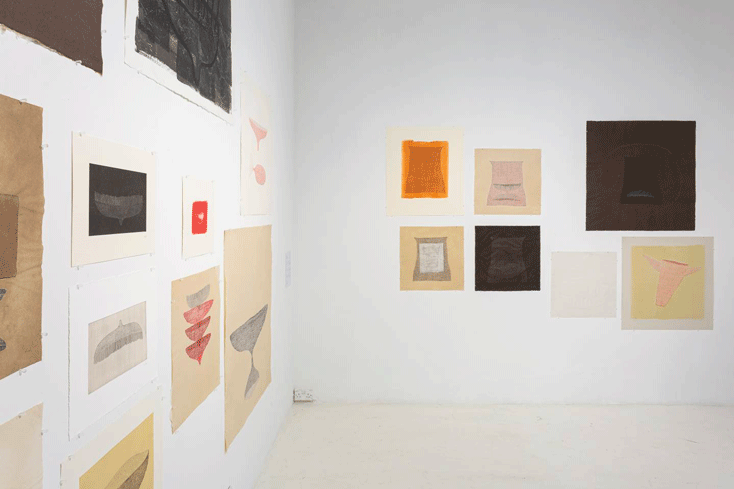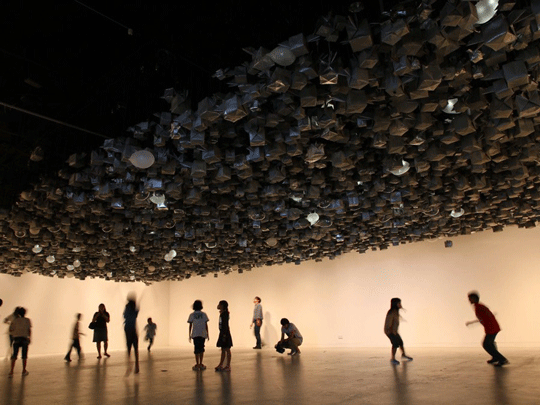The female body has always been meticulously displayed in art, piquing the audience’s interest and deepest fantasies. Unfortunately, because of these types of portrayals, women’s bodies have become regularly commodified and sexualized.
That is why it is refreshing to see female artists who are taking back this narrative, such as Thai artist Pinaree Sanpitak, who utilizes recurring breast motifs without sexualizing them on her paintings and installations. Alternately, her works coincide with the United Nations Sustainable Development Goal on Gender Equality, as it encourages women to take ownership of their sexual and reproductive health.
Sanpitak was born in 1961 in Thailand and later pursued visual arts and communication design in Japan. Afterwards, she continued her education in Australia.
The abstract yet distinguishable breast-inspired models take different shapes and sizes, displaying the various forms they take. Notably, her works do not sexualize breasts. Rather, they emphasize their nurturing side, representing womanhood and motherhood.

Noon-nom is an installation made out of breast-like cushions scattered around an exhibition room. The name Noon-nom is derived from the Thai words “noon” which means support, and “nom” which means breast or milk. The whole exhibit encourages the audience to interact with the cushions by either touching or laying on it.
As an article in AWARE notes: “This action [the audience participation], starting as a form of surrender, evolved into a form of empowerment.” Noon-nom also tackles the metaphysical connection between the spiritual and physical realms. Drawing inspiration from Buddhism, Sanpitak wants to convey the grounding of the spirit to the body and vice versa.


In her exhibition entitled Fragmented Bodies: The Personal and The Public, Sanpitak remains true to her artistic nature, deriving inspiration from breasts-stupa figurines. The multimedia exhibition consists of works done with collage, etching, monoprint, and more, all of which are displayed together as one.
Sanpitak's work touches on the boundaries that separate the self and the public. It comments on the divide between the spaces that are occupied and the bubble that surrounds them, urging the audience to think about how they connect not just with others, but also with the self.

Made out of origami and fiber-optic motion sensors, the Anything Can Break installation is a head-turner. These breast-shaped origami are suspended from above, representing the “glass ceiling” that serves as a barrier between women and their goals. The title denotes the irony between the fragility of the glass ceiling and its unattainability. However, just like anything else, it can still be broken.
Within Southeast Asian feminist spaces, Sanpitak's works and influence are widespread, inspiring younger artists to utilize art in bridging the gap between spoken and non-spoken variables.
For more inspiration about her work, click here.
